In D&D 5e, the ranger is one of the core playable classes. At its heart, being a ranger is about protecting civilization from the monsters that stalk the wilderness. The class sits somewhere between the martial capabilities of the fighter and the natural magic of the druid and creates a unique class for warriors who excel at tracking, navigating the wild, and hunting their prey.
When the 5th edition of D&D was released, rangers became known as severely underpowered in comparison to other DnD classes. However, they have undergone significant revision over the life of 5e. Each new subclass that was released made the class more playable, culminating with Tasha’s Cauldron of Everything publishing alternative class features and an official revised version of the Beastmaster subclass.
Rangers typically rely on Dexterity for their weapon attacks and Wisdom for their spellcasting. Strength-based rangers are possible but less common. Moreover, a ranger does not have to wield a ranged weapon, despite the name. Rangers are proficient with all weapons, meaning that you could wield a heavy, two-handed weapon if you want. The difference is that rangers have access to select fighting styles, making Dexterity-based builds more optimal.
Rangers’ hit dice are d10s, making you a more durable class alongside fighters and paladins. You are proficient with light and medium armor, shields, and all weapons. As you prioritize Dexterity, you might find that you’ll have a higher AC with studded leather than most medium armor, making most rangers stay with the lighter, cheaper armor. In addition, you gain proficiency in three skills from a list of Wisdom-focused skills.
You start with scale mail or leather armor. Assuming a 17 in Dexterity, you’ll start with an AC of 16 in scale mail and 14 in leather armor. However, in scale mail, you’ll have a disadvantage on all stealth checks. You also start with two simple melee weapons or two shortswords, either a dungeoneer’s pack or explorer’s pack, a longbow, and a quiver with 20 arrows.
Favored Enemy (1st Level)

As an experienced hunter, you have become an expert in dealing with a particular type of enemy. You pick a creature type, or two types of humanoids, to be your favored enemy. You have an advantage on Wisdom (Survival) checks to track this type of enemy and on Intelligence, checks to recall information about them.
The issue with this ability is that many rangers go years without it ever being useful. You might pick a creature type that isn’t in the campaign, rendering this useless. Even then, when you do encounter that creature type, it has to specifically be a situation in which you are tracking them.
To get the most out of this, pick a more common creature type or one you know your DM likes to use. Undead and friends are your best bet while oozes and constructs will go unused. Humanoids can be useful (pick human as one of them) unless you’re going to be delving through dungeons and dealing primarily with monsters. Ask your DM what kind of adventure you’ll be playing for extra help.
Natural Explorer (1st Level)
You’ve got a favorite enemy, now you need a favorite terrain. This ability is also situational by nature but it allows you and your party to travel through the terrain you pick without getting lost or starving to death. You effectively gain expertise in all Wisdom and Intelligence checks related to your terrain.
Again, if your DM doesn’t mind sharing, ask them what kind of terrain you might be encountering. The best use of this is to pick a terrain in which getting lost can mean your life like the arctic or desert.
Fighting Style (2nd Level)
You begin to hone your ranger’s martial capabilities. You can focus on ranged weapons, boosting your AC, wielding one melee weapon, or wielding two melee weapons.
Spellcasting (2nd Level)

Rangers begin to learn how to cast spells from the second level and will gain spell slots up to 5th level. This makes them half-casters, much like paladins. Your spellcasting ability as a ranger is Wisdom and the spells you can access are druid spells.
You learn to cast particular spells that become your “Spells Known” much like a bard or sorcerer. This makes your choice of spells much more important than a cleric or druid, who can change their entire list of spells each day.
Primeval Awareness (3rd Level)
This ability lets you spend a spell slot—of which you don’t have many—to learn if there are any aberrations, celestials, dragons, elementals, fey, fiends, or undead within 1 mile of you. However, you don’t learn how many creatures there are, which creature types you detected, or where they are. The DM tells you ‘yes’ or ‘no’ and everyone moves on. This ability is bad.
Extra Attack (5th Level)
Attacking twice is standard at the 5th level for most martial classes. This is great for the ranger because it works well with ongoing abilities like Hunter’s Mark.
Land’s Stride (8th Level)
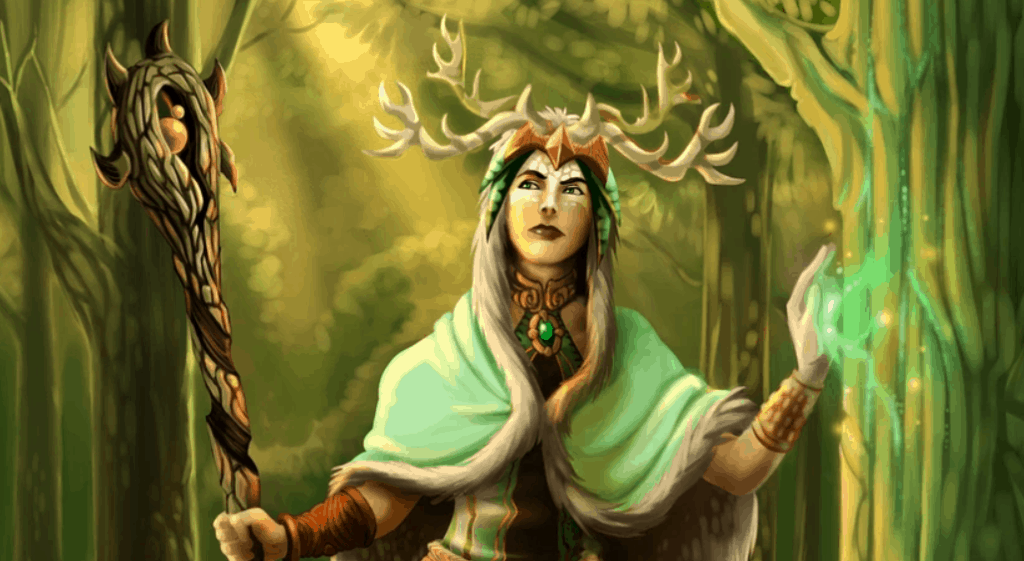
At this level, you ignore all non-magical difficult terrain and have an advantage on saving throws against magical terrain made of plants. While the second part of this ability is more situational, ignoring difficult terrain is great if you’re a melee ranger. If you’re focused on ranged weapons, you will most likely be able to attack people without needing to move as far.
Hide in Plain Sight (10th Level)
You can camouflage yourself in nature. This takes 1 minute, meaning it is not designed for combat. However, it can be useful when setting a trap or taking watch in the wilderness.
Vanish (14th Level)
Being able to hide as a bonus action is much better for ranged rangers who want to pick off targets like a sniper. You also can’t be tracked unless you want to be. It’s nice to know that no one can be following you. It does not specify that this extends to your adventuring party. You might need to be at the back of the marching order cleaning up after your friends.
Feral Senses (18th Level)
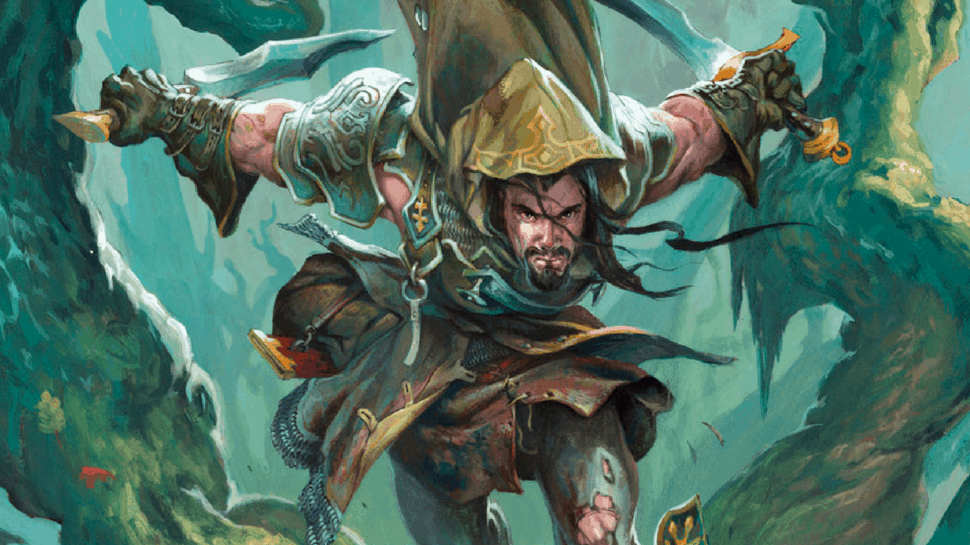
Normally, if you want to attack an invisible creature, you have to guess where they are on the battle map. Then you roll with disadvantage. This ability lets you know an invisible creature’s location within 30 feet of you and negates the disadvantage. Make sure you tell your allies where they are as well.
Foe Slayer (20th Level)
Lastly, you can add your Wisdom modifier to an attack or damage roll against your favored enemy. At this point, you’ll have multiple favored enemies, but it is still situational. But it all but guarantees that you’ll hit when you attack.
Optional Abilities (TCoE)
Tasha’s Cauldron of Everything published optional class features for every class. Since these features are optional, you’ll need to check with your DM if you can use them. The ranger received the most updates with many of them offering complete alternatives to the core ranger abilities that many D&D players complained about.
Deft Explorer (1st/6th/10th Level)
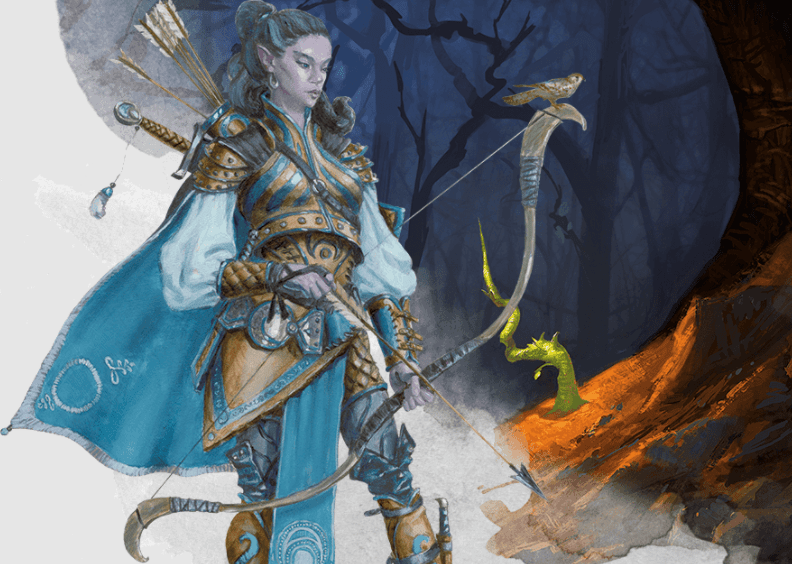
This ability replaces the Natural Explorer feature. At 1st level, you double one of your skill proficiencies and learn two more languages. At the 6th level, you gain an additional 5 feet of movement and gain climbing and swimming speeds. At the 10th level, you can give yourself temporary hit points and recover from exhaustion after a short rest.
Favored Foe (1st Level)
This ability replaces the favored enemy feature. Yes, they sound similar and that’s confusing. But this ability allows you to mark a creature you encounter as your favored foe for the next minute, allowing you to deal additional damage to it.
This feature mimics the spell Hunter’s Mark that most rangers cast for the extra damage boost. Instead, this is now built into the ranger’s function and you can save your spell slots for other abilities. The downside is that this ability requires your concentration like a spell so you cannot stack Hunter’s Mark on top of it or cast another concentration spell.
Additional Ranger Spells (2nd Level)
The ranger gets access to more druid spells as well as an interesting mix of cleric and wizard spells. Although it might seem to infringe on the other classes’ unique abilities, rangers will only be able to cast them once they reach a much higher level.
Fighting Style Options (2nd Level)
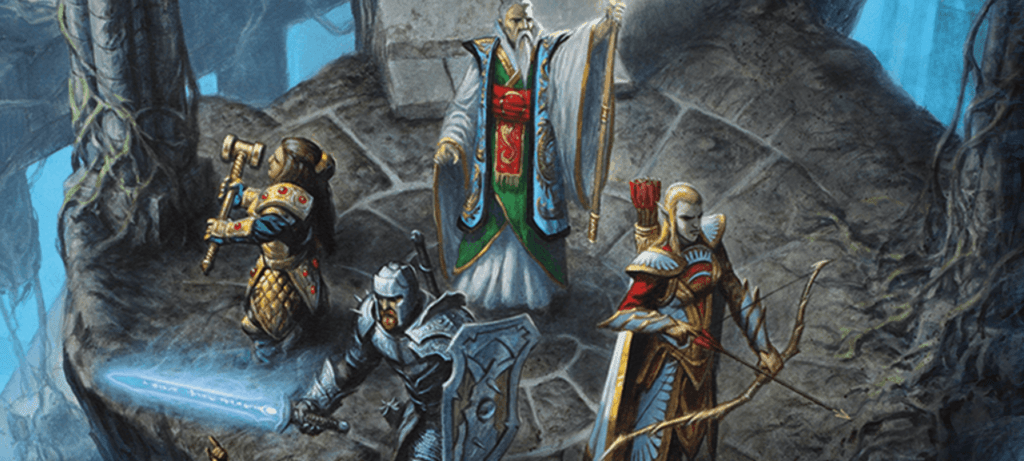
Added to the list of fighting styles are Blind Fighting, Druidic Warrior, and Thrown Weapon Fighting. Blindsight allows you to wade into melee in complete darkness and still confidently attack someone.
Druidic Warrior is a new and exclusive option for the ranger that allows you to learn two druid cantrips. The intent seems to be for a ranger to take Shillelagh so that you can build your character around your Wisdom score.
Lastly, Thrown Weapon Fighting gives you a +2 bonus to damage when throwing a weapon and allows you to draw a weapon as part of an attack. If you feel that a bow and arrow is too basic, start throwing javelins at your enemies.
Spellcasting Focus
You can now use a druidic focus for your spells. Previously, the only option was a component pouch to cast spells that require material components. A focus replaces the need for material components (unless they have a gold cost).
The issue remains that you won’t start with a druidic focus or component pouch unless you use starting wealth. Since you gain spellcasting at the 2nd level, neither option is included in your starting equipment. If you can afford it, buy a focus before you leave town for an adventure.
Primal Awareness (3rd Level)
This ability replaces the useless Primeval Awareness in the PHB. Again, these abilities have been named very similarly, but are vastly different. Primal Awareness gives you new spells that you learn in addition to your normal amount. You can also cast these spells once a day without expending a spell slot. While the spells themselves are not the most useful and are situational by nature, they ensure that when you are traveling through the wilderness, you can be the ranger you always pictured you could be.
Martial Versatility
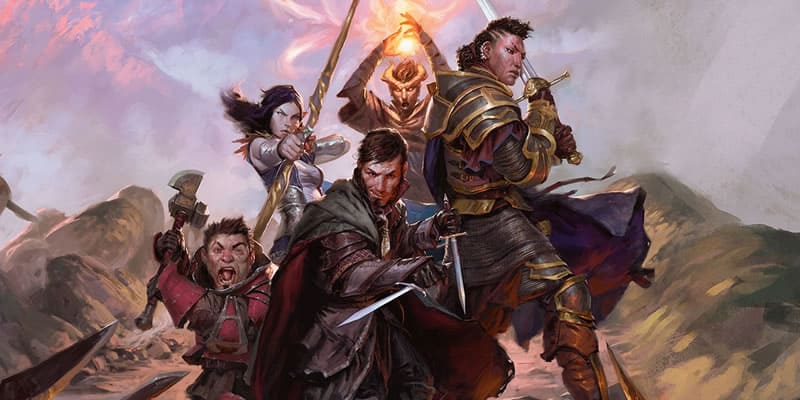
Like most classes, TCoE introduces the ability to retrain aspects of your character as you level up. When you reach a level at which you gain an Ability Score Increase (4th, 8th, 12th, 16th, and 19th level), you can change your Fighting Style. If Blind Fighting wasn’t as useful as you hoped, you can replace it and don’t have to commit for 20 levels.
Nature’s Veil (10th Level)
This ability replaces the feature Hide in Plain Sight from the PHB. Unlike that ability, this is perfect for combat. You can make yourself invisible as a bonus action four times a day, increasing with your proficiency bonus. Use this to get out of dodge when you need to or to grant yourself an advantage on a creature for the turn.
Subclasses
Ranger subclasses, also called archetypes, have seen the most improvement over the life of 5th edition. The two from the PHB were lackluster but new additions in both XGtE and TCoE have added much-needed flavor and power to the class.
Hunter
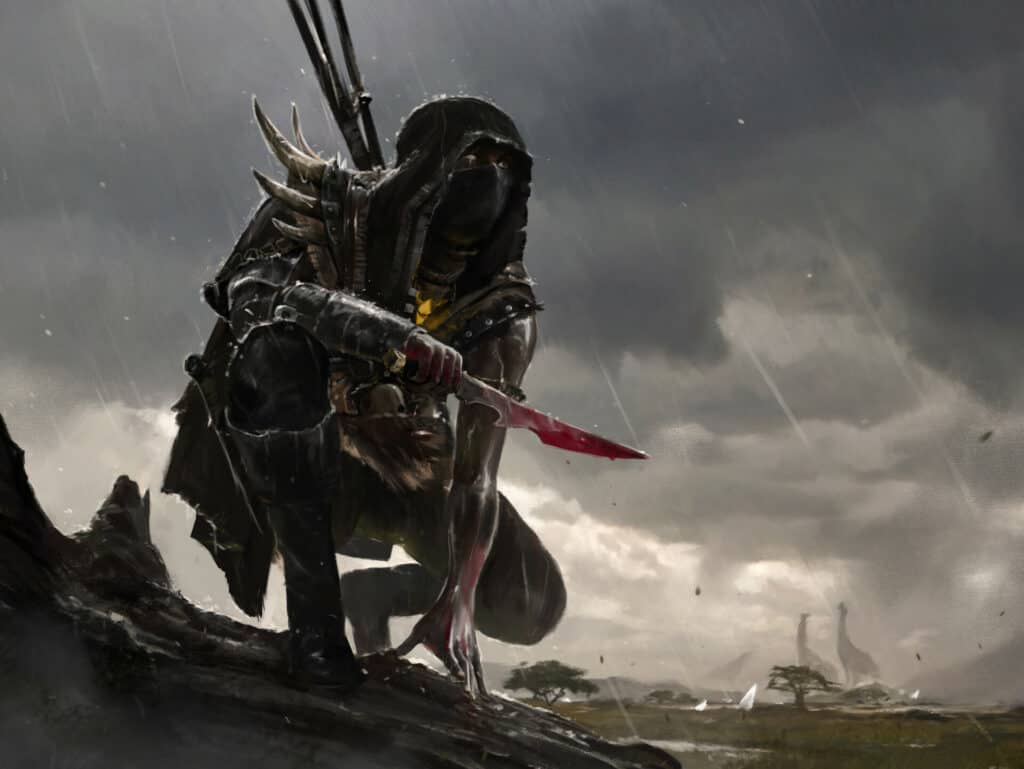
This is the OG ranger archetype: a hunter who walks the edge of civilization protecting people from monsters. This archetype gives you choices at each level to further specialize your hunter.
At 3rd level, you gain an offensive tactic. Either you gain an additional 1d8 damage once a turn, use your reaction to attack a Large or larger creature when they attack you or attack two creatures within 5 feet of each other. The first option works great for melee rangers while the last works great for ranged builds. Extra attacks against Large or larger creatures are dependent on how many Large enemies you encounter.
At 7th level, you gain a defensive tactic. Either opportunity attacks are made at disadvantage against you, you gain +4 to your AC when a creature attacks you more than once, or you have advantage on saving throws against being frightened. Since many creatures in D&D have multiattack, the second option is a clear winner.
At 11th level, you gain a multiattack ability. Ranged builds will be able to attack any number of creatures in a 20ft square of the battlefield. This is a separate action from the Attack action, so you don’t get to do this twice. Melee builds can attack any number of creatures within 5 feet of them.
Use your bonus action to enable Nature’s Veil to turn invisible and gain advantage on every one of these attack rolls. Lastly, you gain another defensive ability. Either you gain Evasion, Stand Against the Tide, or Uncanny Dodge. Take Evasion or Uncanny Dodge. The former lets you get hit with fireballs and lightning bolts and take no damage while the latter lets you halve the damage you take once a turn.
Beast Master (PHB/TCoE)
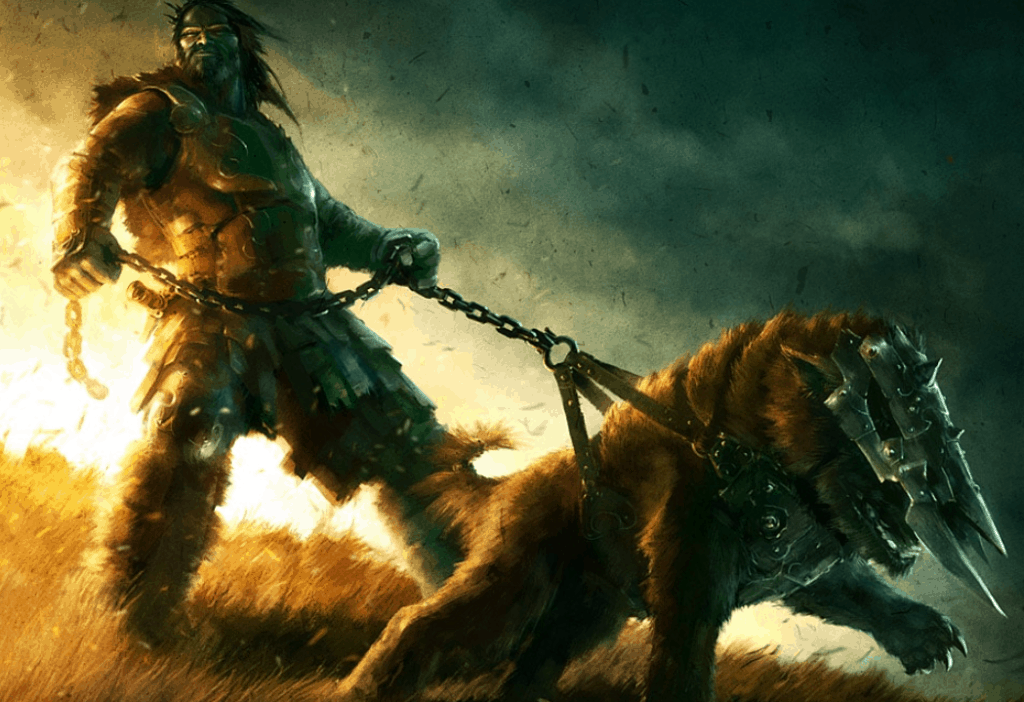
The Beast Master is the archetype that many new players pick because it’s an easy sell: you get an animal companion you battle alongside. This is incredibly unfortunate because the mechanics of this archetype are terrible. The PHB version of this archetype severely limits your options for companions to beasts with CR 1/4 or lower and for them to do anything in combat, you have to sacrifice your action.
Fortunately, the recent updates in TCoE specifically address the Beast Master Companion. If you or one of your players wants to play this subclass, don’t use the PHB version. As such, the following uses the TCoE version of the Beast Master.
At 3rd level, you summon an animal companion. Choose a Beast of the Land, Sea, or Sky. Each of these beasts has its own stat block found on page 61 of TCoE. You’ll normally be picking between Land or Sky, with Land able to deal more damage and Sky able to stay out of reach and doesn’t provoke opportunity attacks. You can use a bonus action to command the beast to take a certain action. If it dies, you can expend a spell slot to bring it back to life or summon it again at the start of the next day.
At 7th level, your companion’s attacks become magical, which is necessary for overcoming high-level enemy damage resistances, they gain a second attack, and lastly, when you cast a spell that targets yourself, you can also target your companion, allowing you to buff or heal both of you at the same time.
Gloomstalker (XGtE)

Want to play an edgy character but you’ve played too many rogues? The gloomstalker is the ranger at home in the darkest of places, at one with the shadows, ready to hunt the monsters that lurk in the dark or pounce onto unsuspecting foes.
Like all subclasses after the original PHB options, the gloomstalker has additional spells that they add to their list of spells known. While these spells are mostly situational, you always have them so if you find yourself in a situation where you need them, you’ll have them.
At 3rd level, you gain the ability to be extra terrifying in the first round of combat. You can add your Wisdom modifier to your initiative roll, gain 10 feet of movement, and an extra attack that deals an additional 1d8 damage. You also become invisible to creatures that rely on darkvision to see you, meaning you can safely attack from the shadows with advantage on every attack.
At 7th level, you become proficient in Wisdom saving throws having dealt with many psionic monsters in the Underdark. At 11th level, if you miss an attack, you can just try again and, lastly, you can use your reaction to impose disadvantage on attack rolls against you, making the few times that you are spotted to be unlikely to hit you.
Horizon Walker (XGtE)
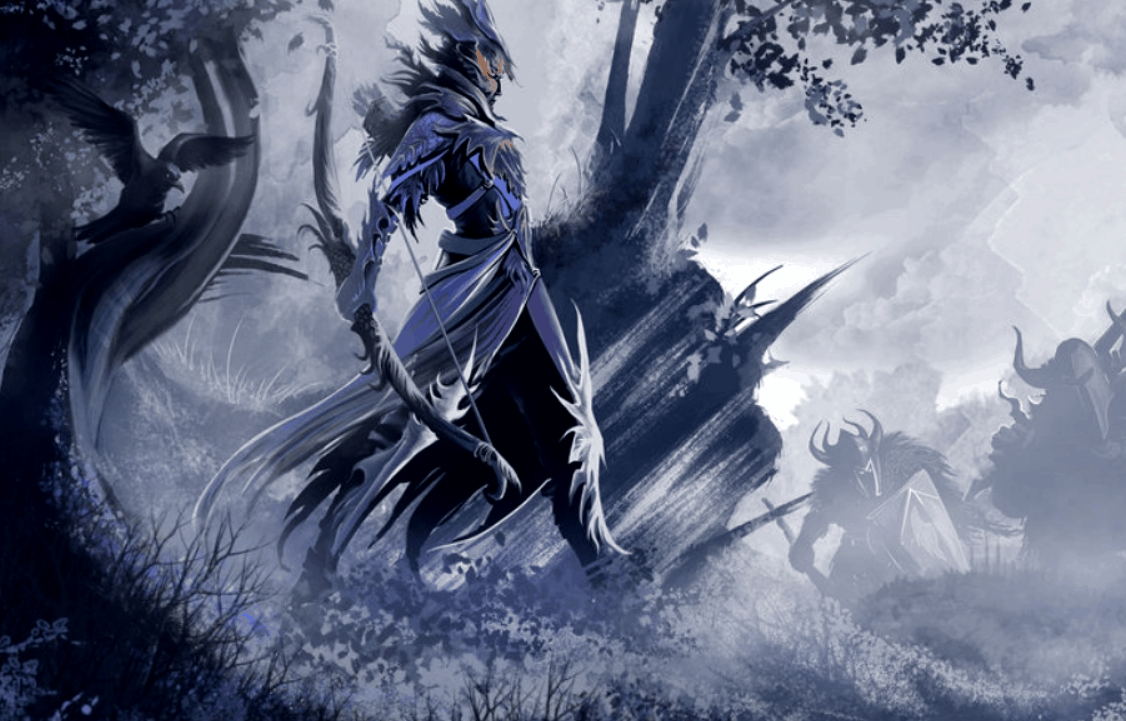
The horizon walker guards not just the edge of civilization but the edges of the material plane from interplanar threats. A ranger of this archetype will seek out places where interplanar travel is possible, known as a portal, and keep watch over it to ensure that evil forces from the Inner and Outer Planes are kept at bay.
Your spells are largely concerned with buffing spells and movement from teleportation options to movement increases to sending enemies back to their home planet. You also gain the ability to detect magic portals within 1 mile of you, which may not come up in your campaign at all. You can also make your attack deal the rarely resisted force damage and deal extra damage.
At 7th level, you gain the ability to dip into the ethereal plane and back, effectively giving you the ability to walk through walls, disappear from the battle for a round, or sink through the floor. Later, you can teleport 10 feet before every attack, and lastly, at 15th level, you can give yourself resistance to a damage type when you are subject to it, making you an incredibly durable warrior.
Monster Slayer (XGtE)
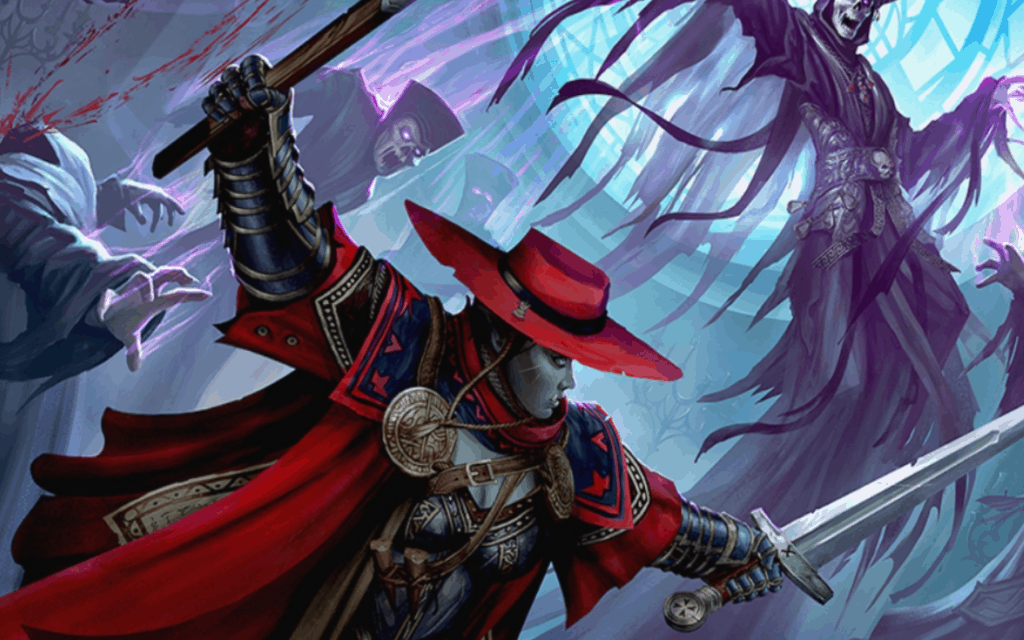
Monster slayers are rangers who seek out the evil creatures of the night from vampires to ghouls, hags, and demons. If you want to play a Van Helsing or Constantine-like character, this is the ranger for you.
Your spells are difficult to use well with means of trapping, banishing, or paralyzing otherworldly beings. At 3rd level, you can spend a turn to determine whether a creature has any damage resistances or vulnerabilities. You can also mark a creature as your prey and deal extra damage to them.
At 7th level, you are especially adept at resisting effects from the creature you’ve marked as prey. Later, you can foil a spellcaster from casting a spell or teleporting. Lastly, at 15th level, you can use your reaction to attack your prey if they force you to make a saving throw. If you hit, you succeed on the saving throw and do your weapons normal damage. Use a ranged weapon and you’ll always be able to get this off.
Fey Wanderer (TCoE)

This subclass takes the glamour of the feywild and applies it to the ranger. Most people play a ranger as a hermit with poor social skills but the fey wanderer makes you naturally charismatic and is a good choice if you always want to play the face of your party.
Your spells include some great options like Misty Step and Dispel Magic. Like most subclasses, you gain a damage increase. Yours deals the rarely resisted psychic damage, does not require your bonus action, and applies to any creature you attack. You can also add your Wisdom modifier to Charisma checks, making you a great choice to negotiate the price of your party’s rooms and meals.
At 7th level, you gain the ability to “No U” someone. You have advantage on saving throws against being charmed or frightened and if you or an ally succeeds on such a saving throw, you can make an enemy subject to it instead. Later, you can summon a fey spirit as a backup once per day: something that normally costs 300gp. Lastly, at 15th level, you can cast Misty Step up to five times a day and you can bring someone with you. Repositioning on the battlefield can save everyone’s lives or you can use it to save that one stupid friend from themselves.
Swarmkeeper (TCoE)
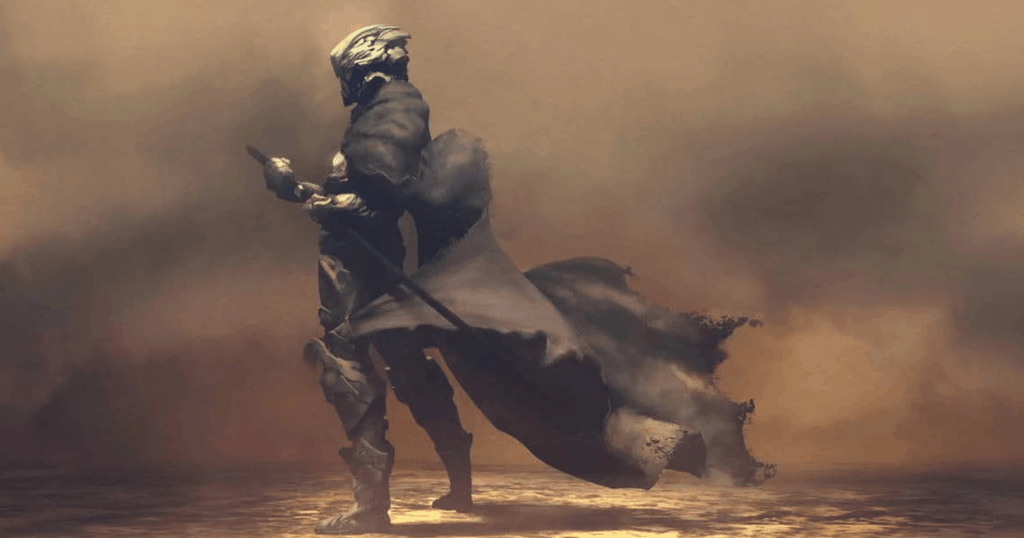
The swarmkeeper is a very fun theme for a ranger. You gain a swarm of tiny creatures that help you on your journey. Travel through the wild with a swarm of butterflies or dragonflies fluttering around you. Crawl through a dungeon covered in rats or spiders. There’s also a case for having a swarm of velociraptors since they’re Tiny beasts too.
Your swarm lets you do multiple things from dealing extra damage to moving enemies to moving you. The movement options are great if you want to get out of an encounter without taking an attack of opportunity. Your spells include some fun options such as Gaseous Form (you are expected to stylize this to turn fully into a swarm yourself) and Arcane Eye but you also get access to a swarmy Mage Hand, which is rare for a ranger.
At 7th level, your swarm can give you a flying speed of 10 feet, which is especially fun if your swarm can’t fly because they’re just picking you up. Later, your swarm deals extra damage, can knock people over, and temporarily boost your AC. Lastly, at 15th level, you get the same ability as the Horizon Walker to gain resistance to an attack but you can teleport 30 feet as well.
Race Options
If you’re not using the Customized Origin feature from TCoE, prioritize races with a +2 to Dexterity and a +1 to Wisdom. Alternatively, you can base your attacks on Strength instead of Dexterity. You can manage without a boost to your Wisdom since many great ranger spells like Absorb Elements and Hunter’s Mark don’t require a good spellcasting ability.
Conversely, if you plan on taking Druidic Warrior or if you choose the Fey Wanderer archetype, you’ll want a good Wisdom score early on. Regardless, you’ll eventually want maximum Wisdom for Foe Slayer.
Races with a +2 bonus to Dexterity:
- Aarakocra. Flight is fantastic.
- Elf. Wood elves gain +1 to Wisdom and eladrin gain a free Misty Step each day
- Halfling. Lucky is fantastic.
- Lineages.
- Goblin. Get the 14th level ranger ability at 1st level.
- Kenku. Additional skills help you fill the Face role or compensate for not having a rogue.
- Kobold. Pack Tactics gives you reliable advantage on attacks.
- Tabaxi. Additional speed whenever you need it.
- Feral Tiefling.
If you use Customized Origin, you can apply your ability score increases wherever you want. You’ll want racial features that complement the ranger’s abilities well.
- Aarakocra, winged tiefling, and protector Aasimar can all fly.
- Mountain Dwarf. Two +2 bonuses and poison resistance
- Yuan-Ti. Magic resistance and poison immunity.
- Custom Lineage. A free feat.
- Variant Human. A free feat.
FAQ
Question: Are the rangers good?
Answer: Rangers are considered an underpowered class because of the underwhelming nature of the original subclasses and class abilities. However, with additional subclasses and Optional Class Features in TCoE, rangers are still an effective class.
Question: How many spells do rangers get?
Answer: Rangers learn up to 11 spells (not including subclass spells) and up to 5th level spells.
Question: Which ranger subclass is best?
Answer: Gloomstalker. Of course, this is an opinion and if you’re not adventuring in dark spaces, this will not be the case. There is no clear universally best option for rangers as it depends on your campaign. I am particularly charmed by playing a character covered in a swarm of bugs.
Question: Is the revised ranger official?
Answer: The revised ranger was published in a 2016 Unearthed Arcana and is unofficial content. Instead, the ranger received many official improvements in TCoE. Check with your DM what they allow.
Question: Do rangers get familiars?
Answer: The beastmaster ranger gains an animal companion similar to a ranger but it is not conjured by the spell Find Familiar. It is either an animal from the wild or a primal beast you have summoned.
Question: What stats are important for a ranger?
Answer: You want Dexterity and Wisdom to be your two highest stats. Alternatively, you can opt for Strength instead of Dexterity but your AC will suffer. Every class wants a high Constitution for your HP, so CON will be your third-highest stat.
Summary
The rangers have an underwhelming reputation despite being a decent class for any character. They are especially good for new players as you learn to make attacks and the basics of spellcasting without relying heavily on it. Because of their versatility, many players enjoy complementing their ranger abilities with other class abilities, making them a great multiclass option.
- Armor of Agathys 5e Guide: What is Armor of Agathys? - August 3, 2022
- Oath of the Ancients 5e Guide - August 3, 2022
- Dissonant Whispers 5e Guide - July 20, 2022

